
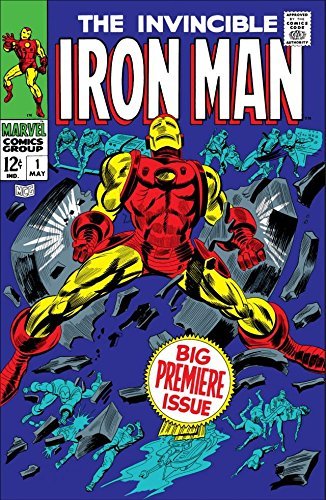
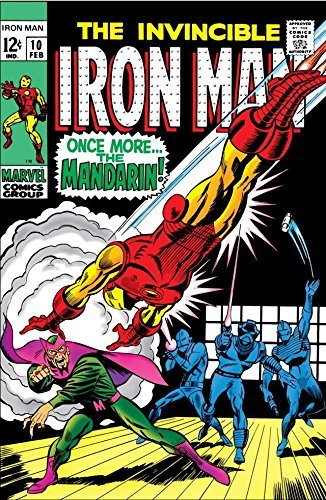
Books in series

Marvel Masterworks
The Invincible Iron Man, Vol. 4
1968

The Invincible Iron Man (1968-1996) #1
1968

The Invincible Iron Man (1968-1996) #10
1969
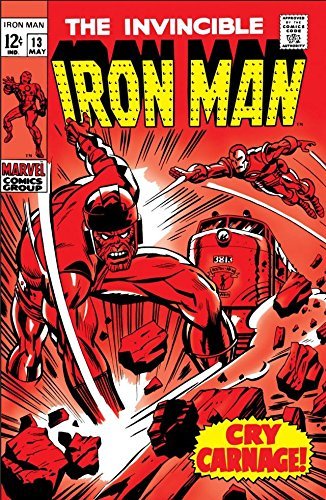
The Invincible Iron Man (1968-1996) #13
1969
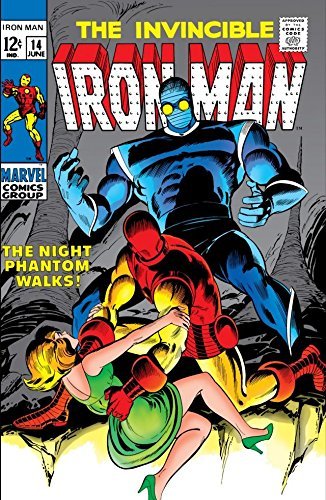
The Invincible Iron Man (1968-1996) #14
1969
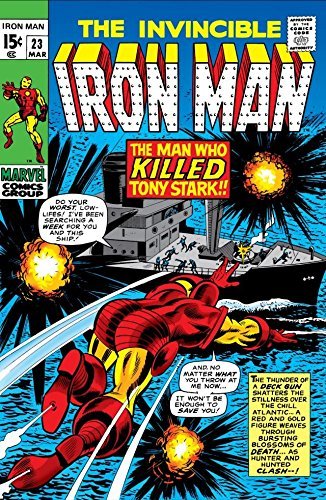
Iron Man #23
1970
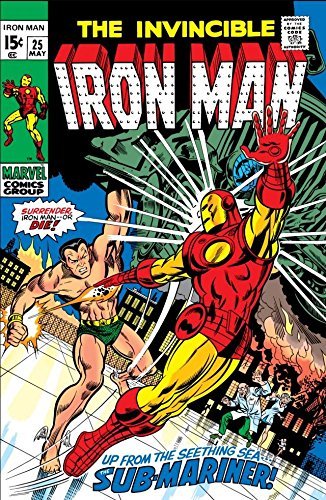
Iron Man #25
1970
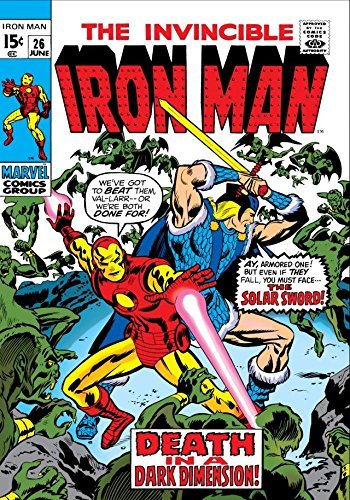
Iron Man #26
1970

Essential Daredevil, Vol. 3
1971
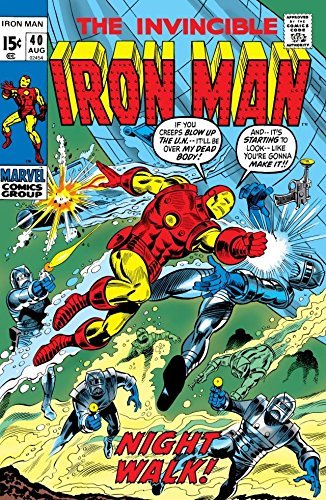
Iron Man #40
2014
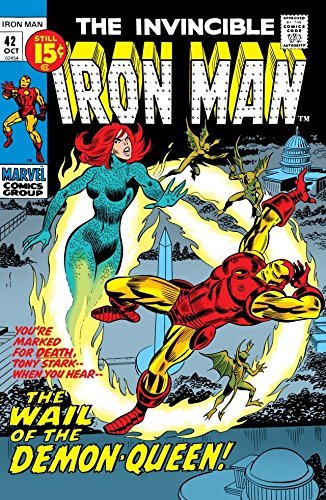
Iron Man #42
1971
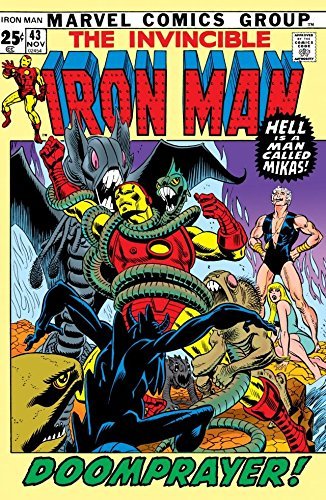
Iron Man #43
2014
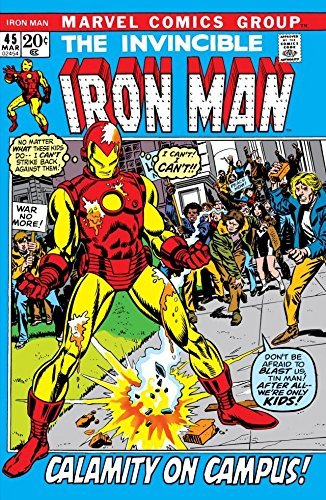
Iron Man #45
2014
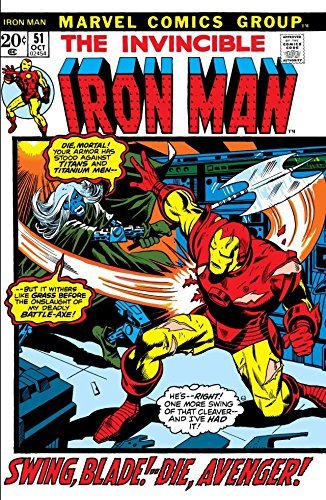
Iron Man #51
2014

Avengers Vs. Thanos
2013

Marvel-Verse
Thanos
2019

Marvel Masterworks
Captain Marvel, Vol. 3
1991

The Life and Death of Captain Marvel
1982
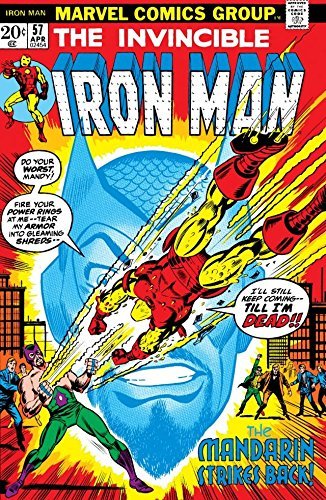
Iron Man #57
2014
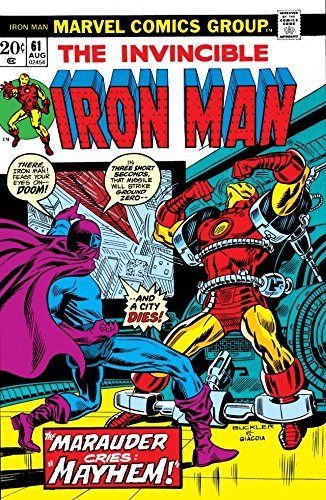
Iron Man #61
2014
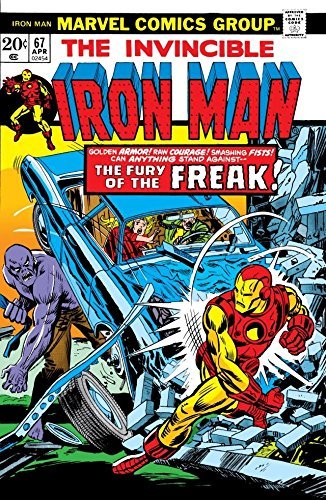
Iron Man #67
1967

Iron Man #71
1974
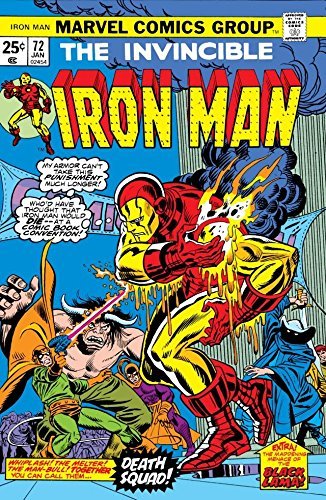
Iron Man #72
1975
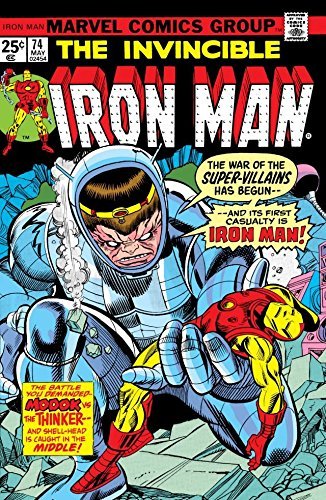
Iron Man #74
2014
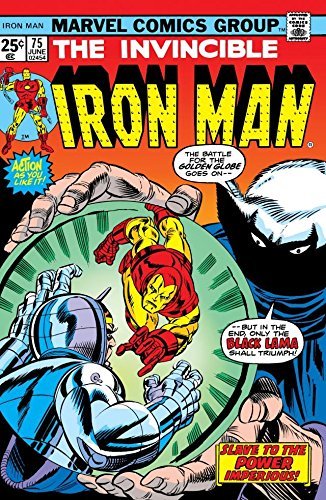
Iron Man #75
1975
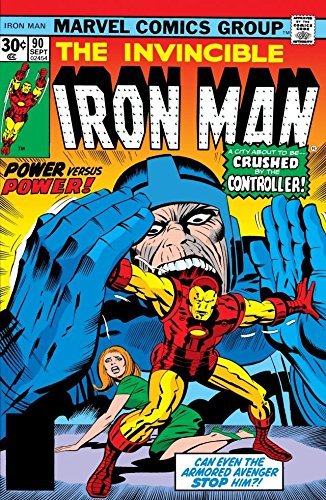
Iron Man #90
1976
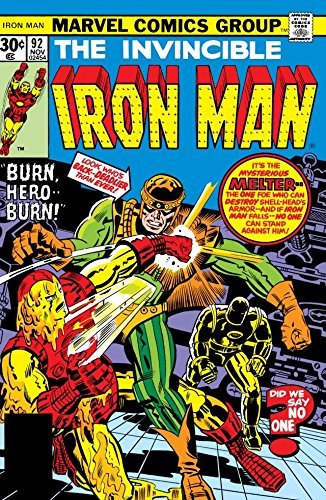
Iron Man #92
1976
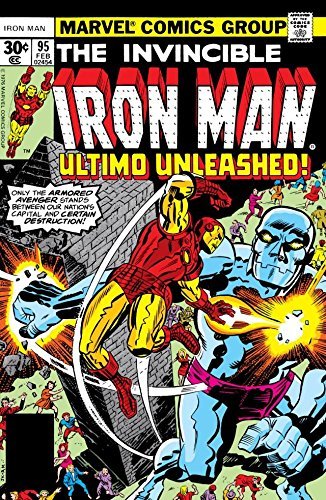
Iron Man #95
1977
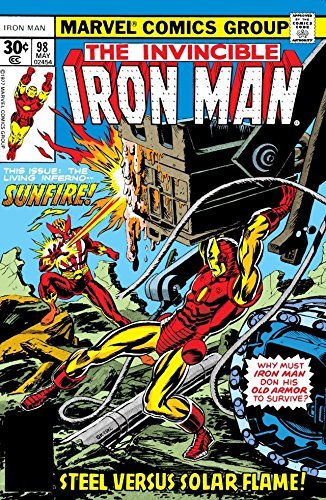
Iron Man #98
1968
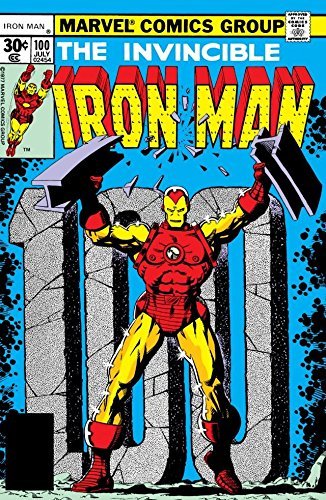
Iron Man #100
1977
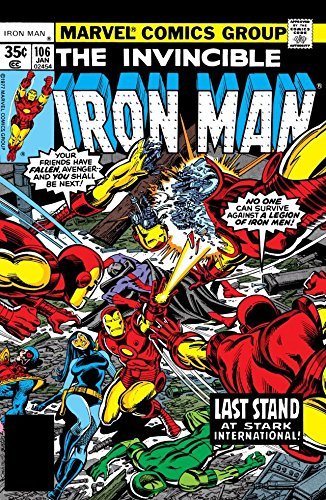
Iron Man #106
1978
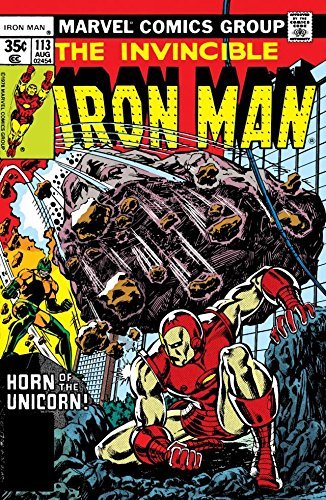
Iron Man #113
1978
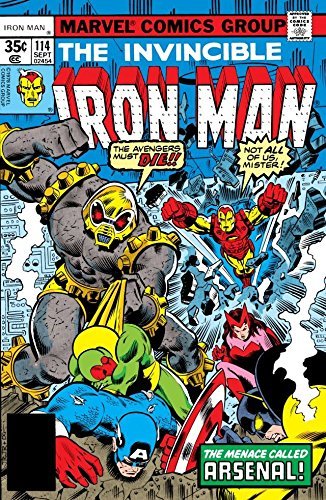
Iron Man #114
1978
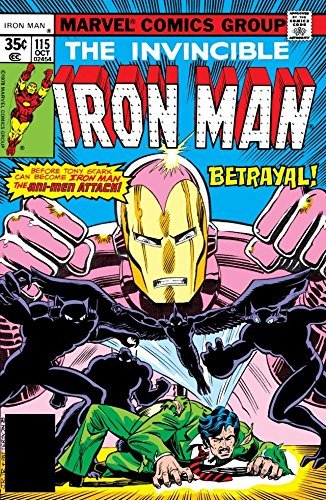
Iron Man #115
1978
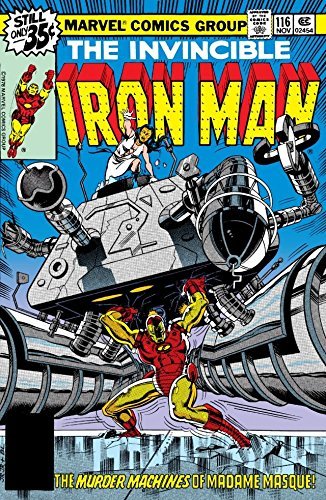
Iron Man #116
2014

Iron Man
The End
2010
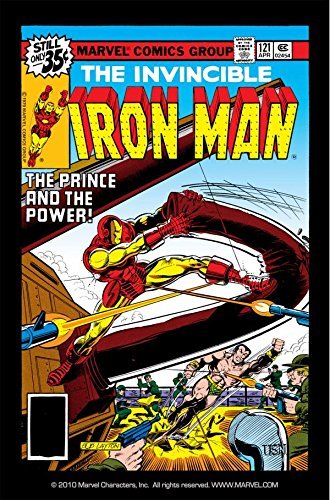
Iron Man #121
1967
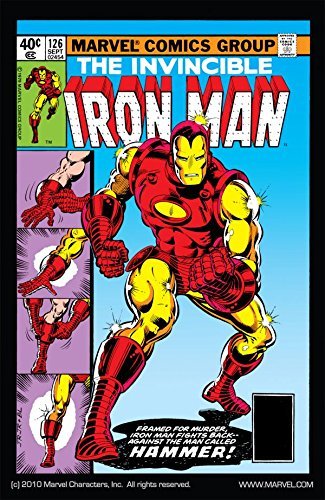
Iron Man #126
1967

Iron Man
Director of S.H.I.E.L.D.
2007
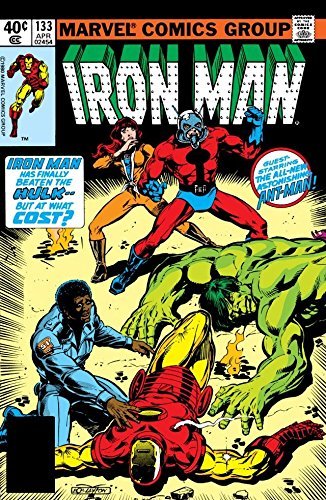
Iron Man #133
2014
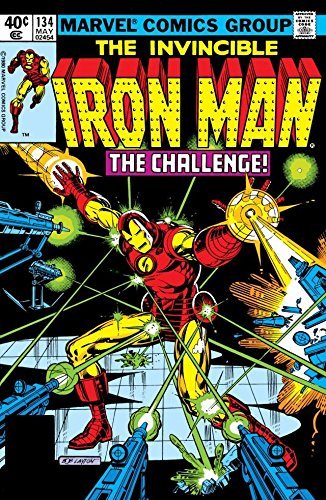
Iron Man #134
1980
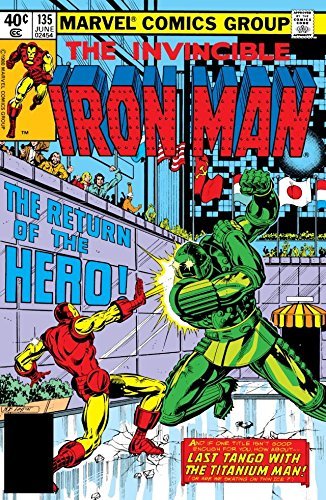
Iron Man #135
1980
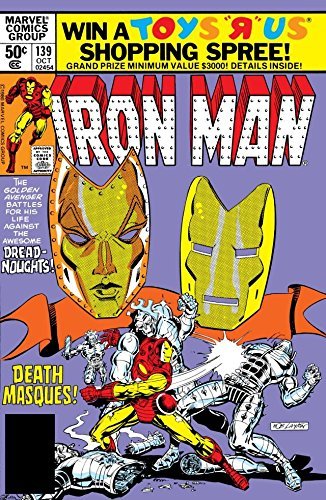
Iron Man #139
2014

Secret Invasion
War Machine
2009

Iron Man #147
1981
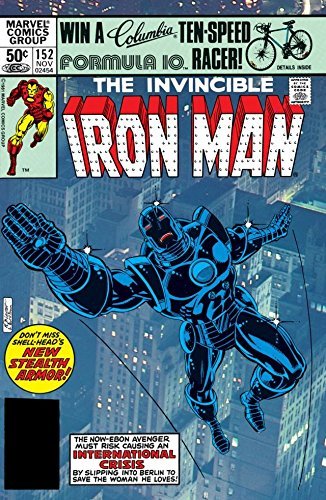
Iron Man #152
2014
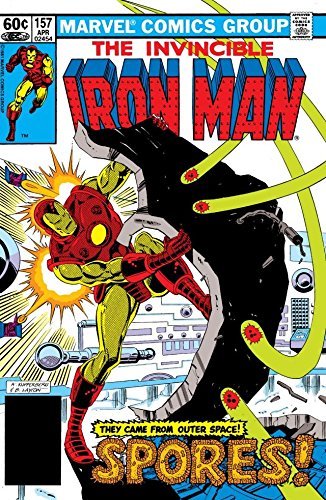
Iron Man #157
1982
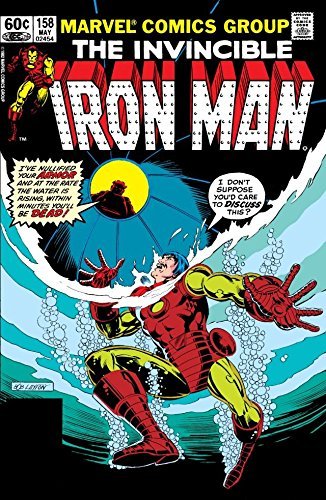
Iron Man #158
2014
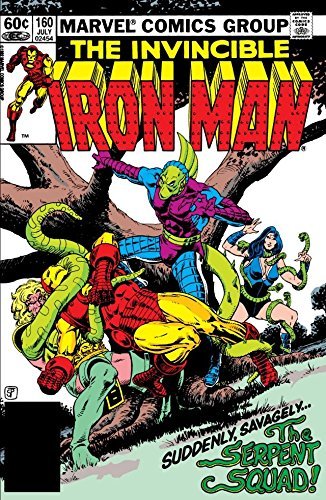
Iron Man #160
2000
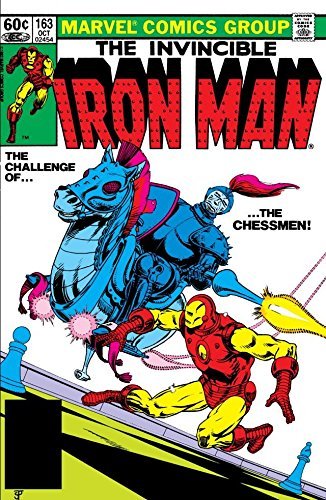
Iron Man #163
2014
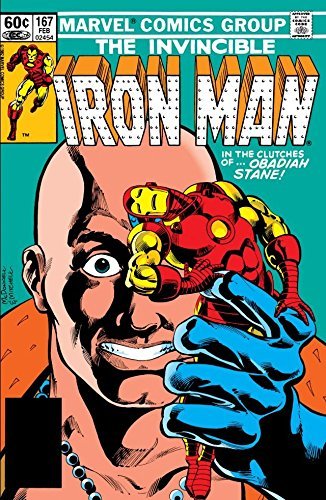
Iron Man #167
2014
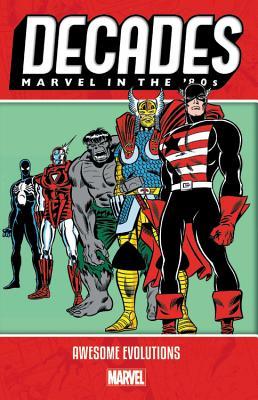
Decades
Marvel in the '80s - Awesome Evolutions
2019
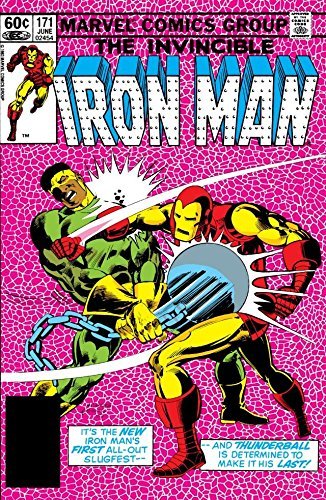
Iron Man #171
2014
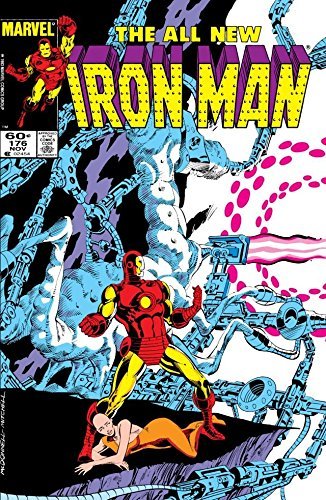
Iron Man #176
2014
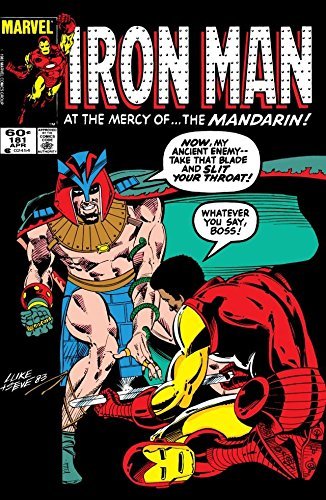
Iron Man (1968-1996) #181
1984

Superior Iron Man, Vol. 2
Stark Contrast
2015
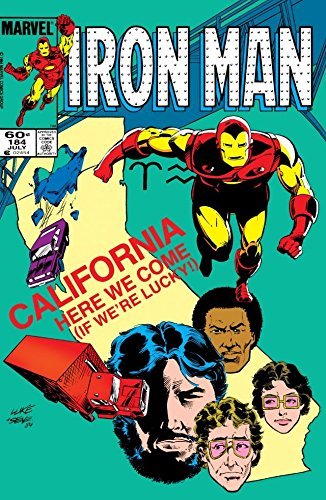
Iron Man #184
2014
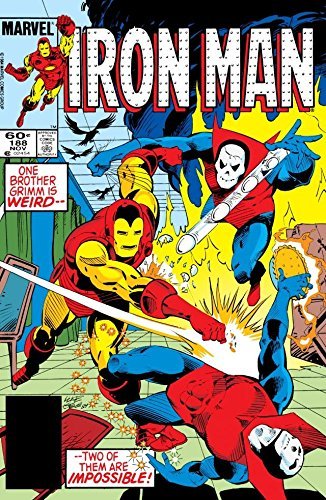
Iron Man #188
1985
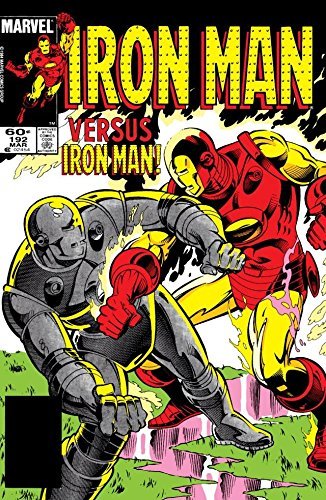
Iron Man #192
2014

Iron Man #198
1985
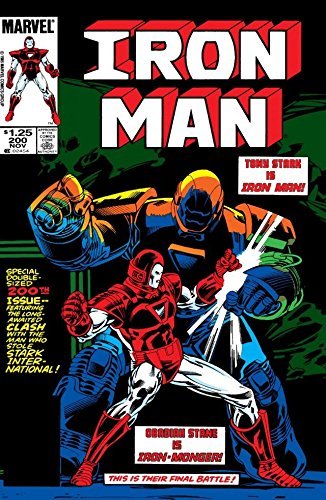
Iron Man #200
1985
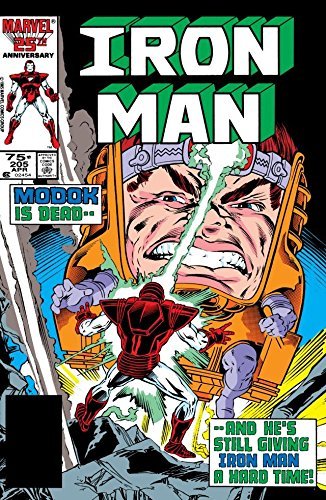
Iron Man #205
2014
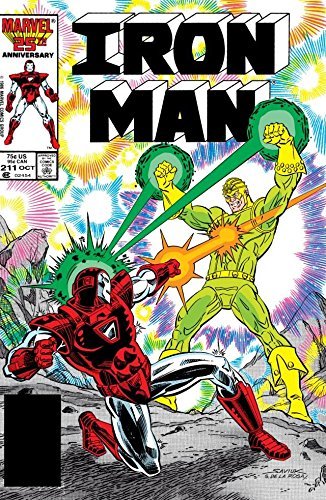
Iron Man #211
1986
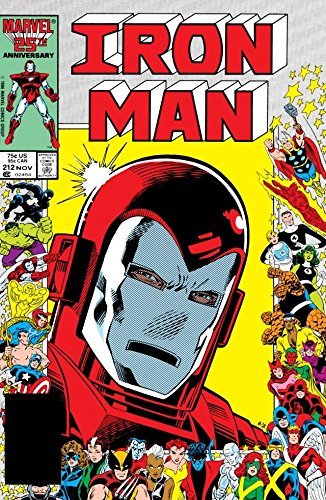
Iron Man #212
1986
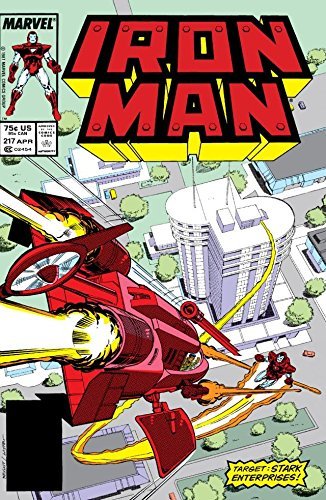
Iron Man #217
2014
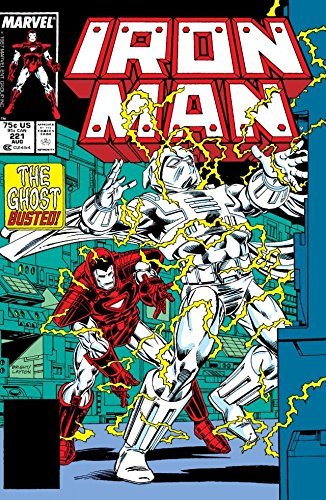
Iron Man #221
2014
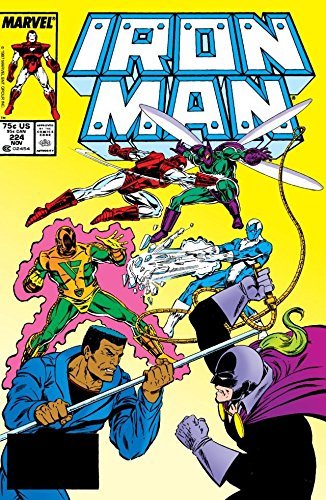
Iron Man #224
1987
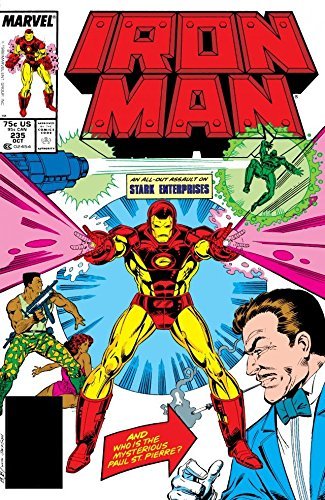
Iron Man #235
1988
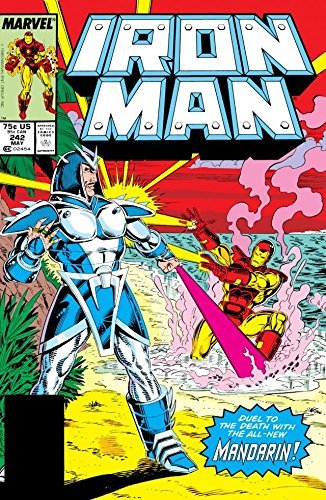
Iron Man #242
1968

Iron Man #251
2016
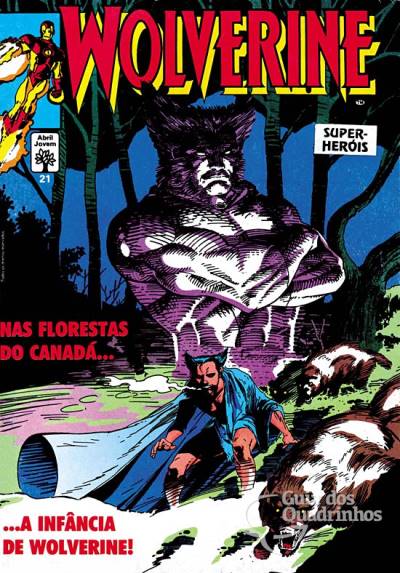
Wolverine n° 21
1993
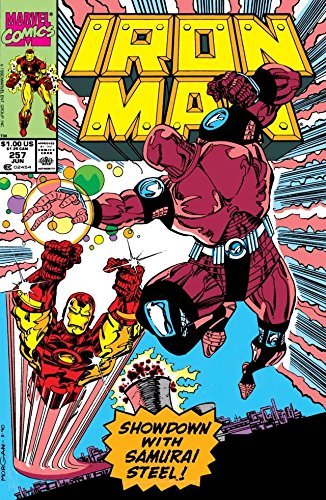
Iron Man #257
1990
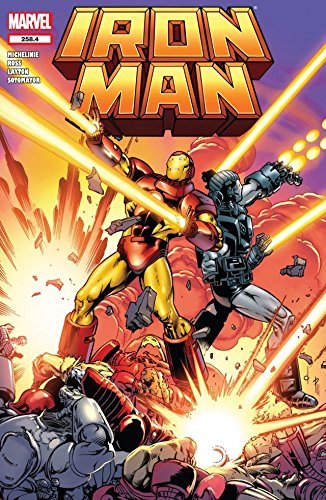
Iron Man #258.4
2013
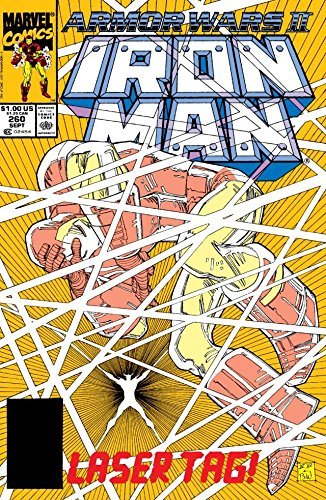
Iron Man #260
2014

Iron Man #263
1990
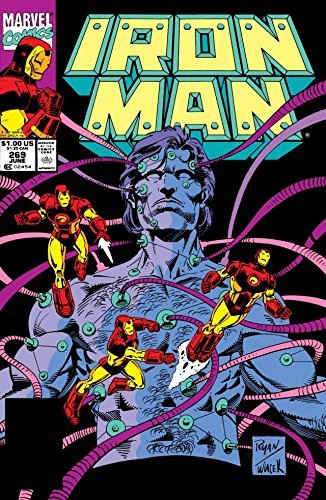
Iron Man #269
1991
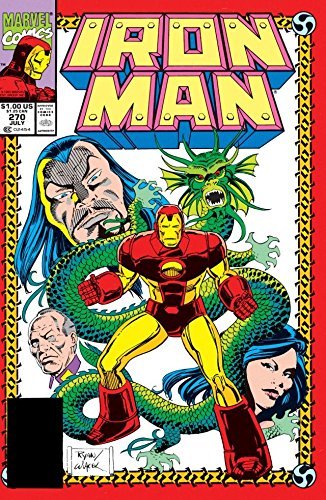
Iron Man #270
2014
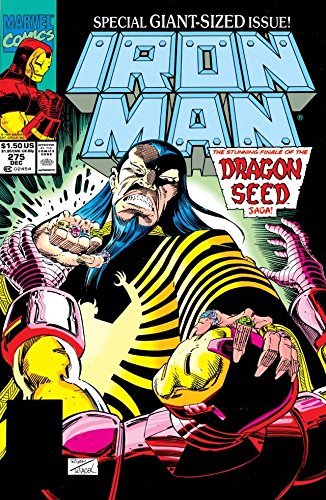
Iron Man #275
2014
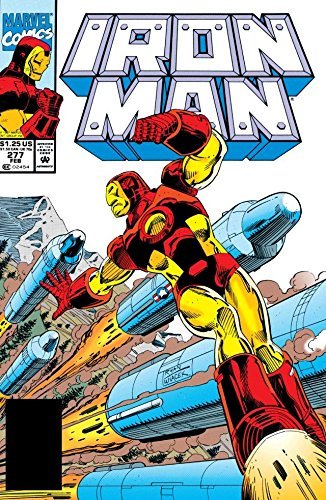
Iron Man #277
1992
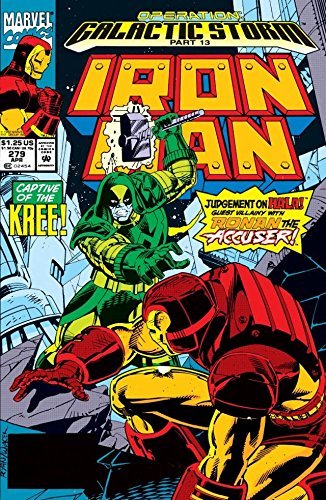
Iron Man #279
1992
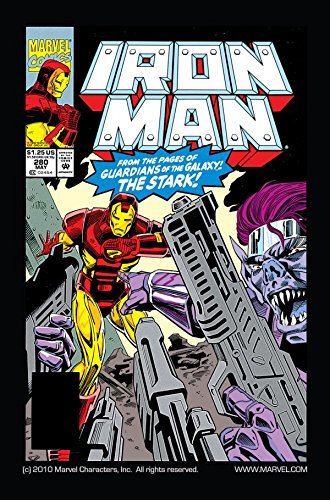
Iron Man #280
1992
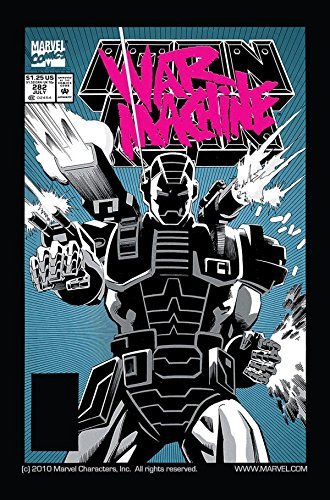
Iron Man #282
1992
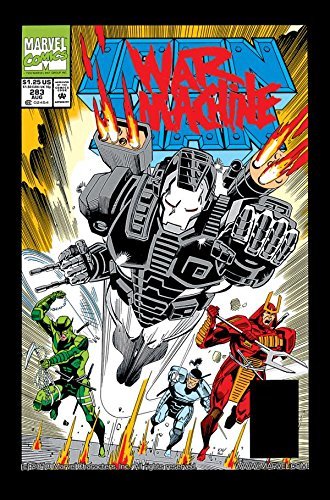
Iron Man #283
1992
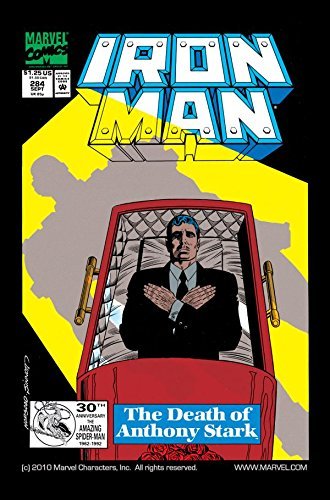
Iron Man #284
1992

Iron Man #285
1992
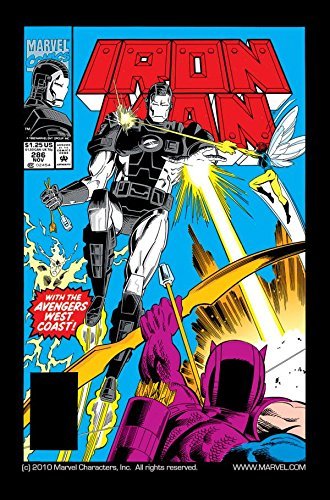
Iron Man #286
1992
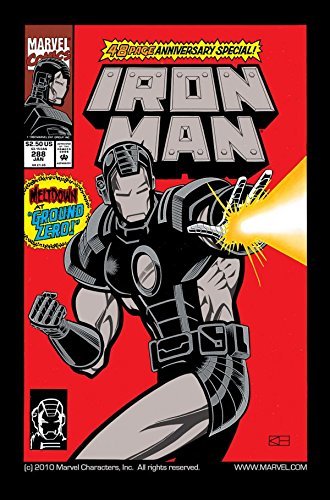
Iron Man #288
1993
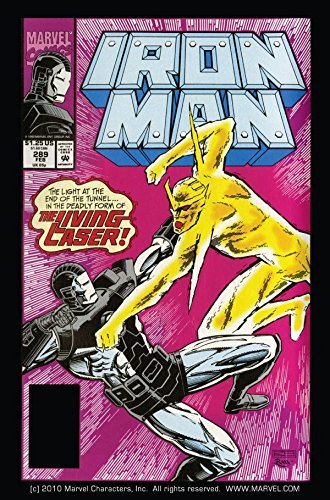
Iron Man #289
1993
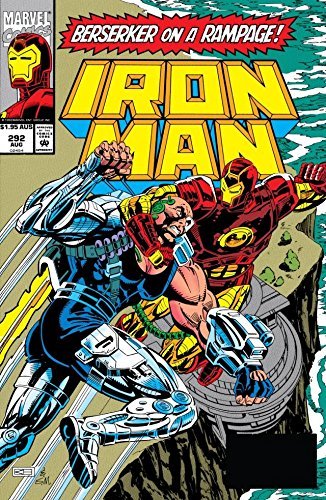
Iron Man #292
1993
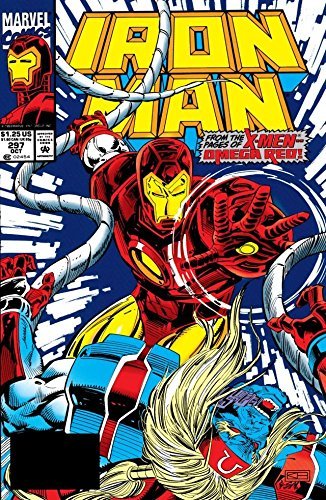
Iron Man #297
1993
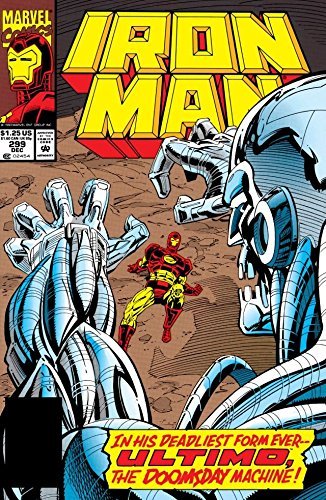
Iron Man #299
1993
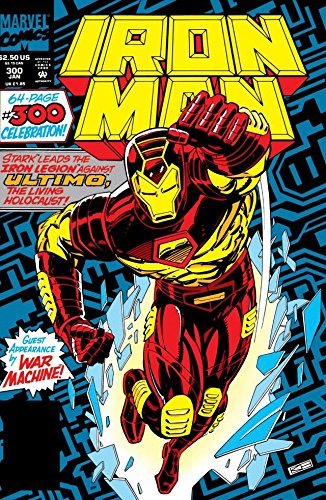
Iron Man #300
2014
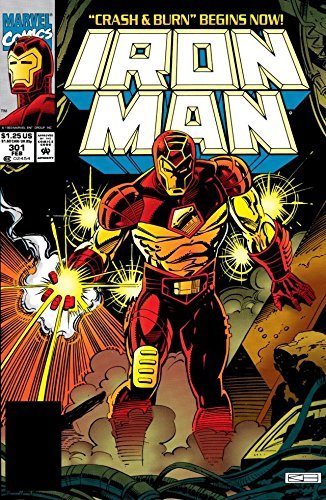
Iron Man #301
1994
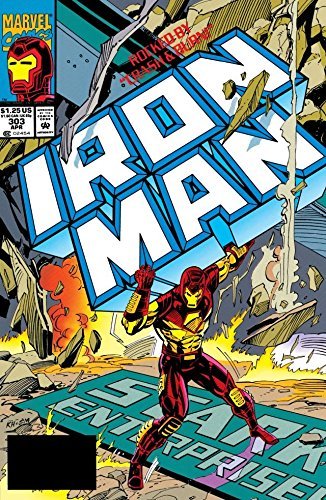
Iron Man #303
2014
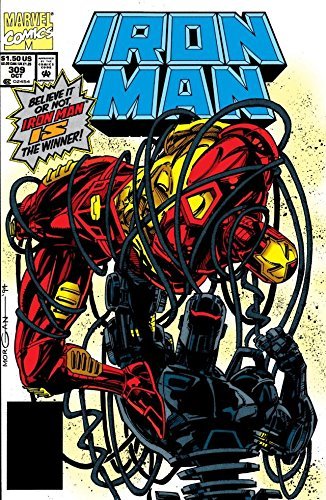
Iron Man #309
2014
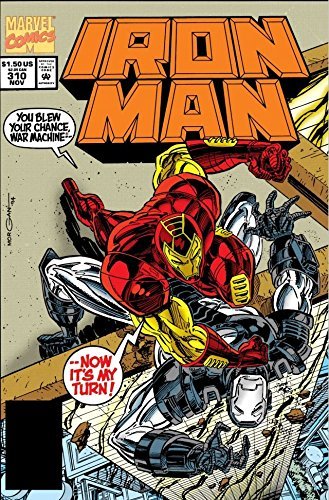
Iron Man #310
1994
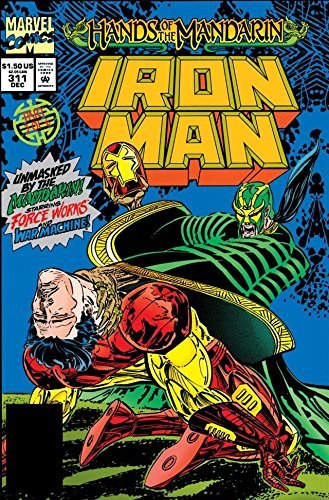
Iron Man #311
1994
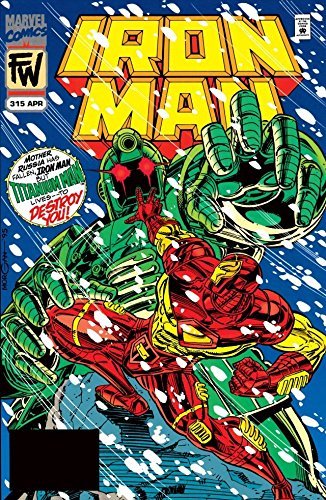
Iron Man #315
2014
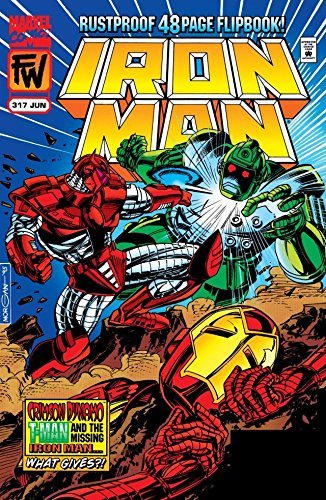
Iron Man #317
2014
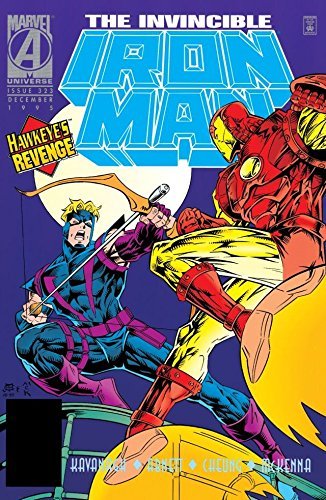
Iron Man #323
1995
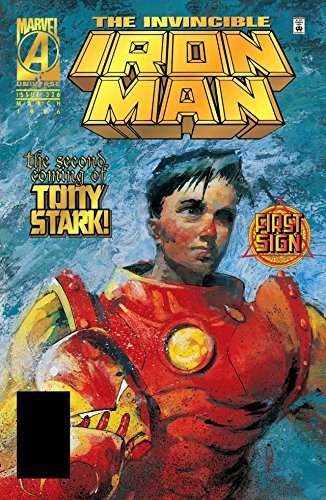
Iron Man #326
1996
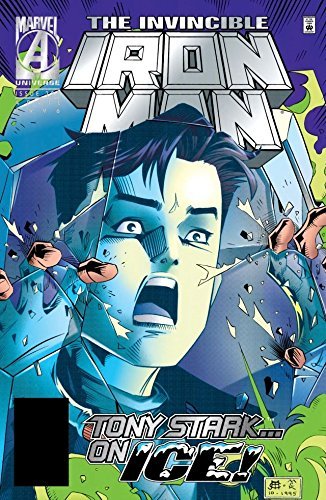
Iron Man #327
1996

X-Men/Avengers
Onslaught Omnibus
2015

X-Men
Onslaught - The Complete Epic, Book 3
2008
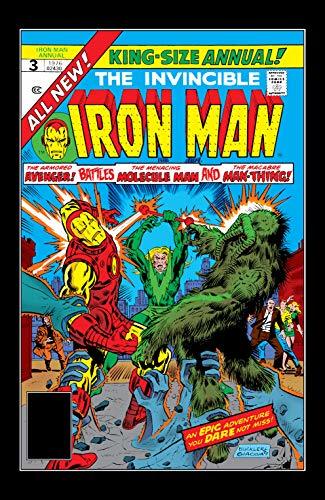
Iron Man Annual #3
2018
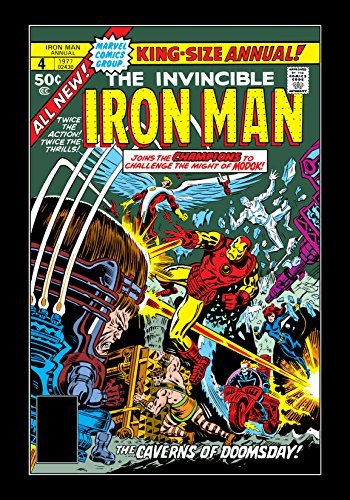
Iron Man Annual #4
1977

Iron Man Annual #5
2017
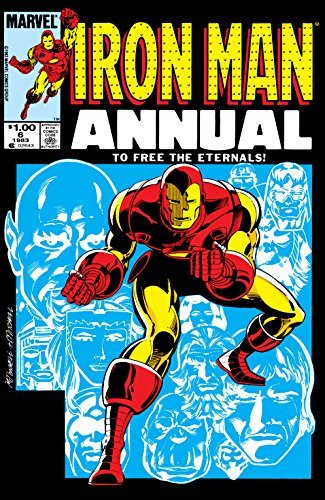
Iron Man Annual #6
2016

Iron Man Annual #7
2015
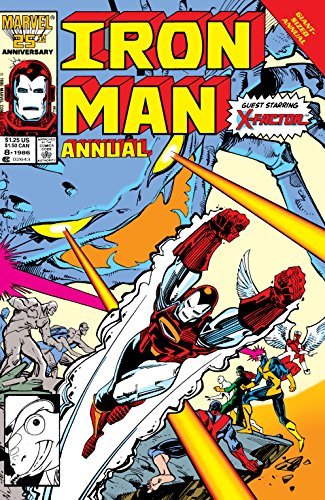
Iron Man Annual #8
2017
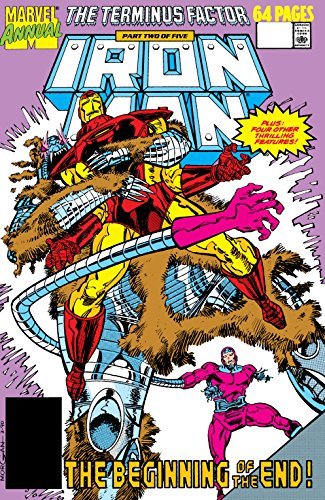
Iron Man Annual #11
1990

Marvel Masterworks
The Champions, Vol. 1
2016

Marvel Masterworks
The Invincible Iron Man, Vol. 5
2008

The Power of Iron Man
1744

Ant-Man
Scott Lang
2015

Iron Man Epic Collection, Vol. 10
The Enemy Within
2013

Iron Man
Armor Wars II
2010
Authors

Tony Isabella is an American comic book writer, editor, artist and critic, known as the creator and writer of Marvel Comics' Black Goliath; DC Comics' first major African-American superhero, Black Lightning; and as a columnist and critic for the Comics Buyer's Guide. Contents

Joseph "Jeph" Loeb III is an Emmy and WGA nominated American film and television writer, producer and award-winning comic book writer. Loeb was a Co-Executive Producer on the NBC hit show Heroes, and formerly a producer/writer on the TV series Smallville and Lost. A four-time Eisner Award winner and five-time Wizard Fan Awards winner (see below), Loeb's comic book career includes work on many major characters, including Spider-Man, Batman, Superman, Hulk, Captain America, Cable, Iron Man, Daredevil, Supergirl, the Avengers, and Buffy the Vampire Slayer, much of which he has produced in collaboration with artist Tim Sale, who provides the comic art seen on Heroes.

Librarian note: There is more than one author in the GoodReads database with this name John Lindley Byrne is a British-born Canadian-American author and artist of comic books. Since the mid-1970s, Byrne has worked on nearly every major American superhero. Byrne's better-known work has been on Marvel Comics' X-Men and Fantastic Four and the 1986 relaunch of DC Comics’ Superman franchise. Coming into the comics profession exclusively as a penciler, Byrne began co-plotting the X-Men comics during his tenure on them, and launched his writing career in earnest with Fantastic Four (where he also started inking his own pencils). During the 1990s he produced a number of creator-owned works, including Next Men and Danger Unlimited. He also wrote the first issues of Mike Mignola's Hellboy series and produced a number of Star Trek comics for IDW Publishing.


David Day (b. 14 October 1947 in Victoria, British Columbia) is a Canadian author of over forty books: poetry, natural history, ecology, mythology, fantasy, and children's literature. Internationally he is most notably known for his literary criticism on J. R. R. Tolkien and his works. After finishing high school in Victoria, British Columbia, Day worked as a logger for five years on Vancouver Island before graduating from the University of Victoria. Subsequently he has travelled widely, most frequently to Greece and Britain. Day has published six books of poems for adults and ten illustrated children's books of fiction and poetry. His non-fiction books on natural history include The Doomsday Book of Animals, The Whale War, Eco Wars: a Layman Guide to the Environmental Movement, Noah's Choice and most recently Nevermore: A Book of Hours - Meditations on Extinction (2012). His Doomsday Book was a Time Magazine Book of the Year and became the basis for the 100 part animated-short TV series "Lost Animals of the 20th Century". David Days best-selling books on the life and works of JRR Tolkien include: A Tolkien Bestiary, Tolkien: the Illustrated Encyclopedia, Tolkien's Ring, The World of Tolkien and The Hobbit Companion. Day's Tolkien's Ring was illustrated by academy award-winning artist Alan Lee, as was Castles, The Animals Within, Gothic and Quest For King Arthur.

Larry Hama is an American writer, artist, actor and musician who has worked in the fields of entertainment and publishing since the 1960s. During the 1970s, he was seen in minor roles on the TV shows M*A*S*H and Saturday Night Live, and appeared on Broadway in two roles in the original 1976 production of Stephen Sondheim's Pacific Overtures. He is best known to American comic book readers as a writer and editor for Marvel Comics, where he wrote the licensed comic book series G.I. Joe, A Real American Hero, based on the Hasbro action figures. He has also written for the series Wolverine, Nth Man: the Ultimate Ninja, and Elektra. He created the character Bucky O'Hare, which was developed into a comic book, a toy line and television cartoon.

For the Karate Kid actor, click here: Ralph Macchio Ralph Macchio is an American comic book editor and writer, who has held many positions at Marvel Comics, including executive editor. Macchio is commonly associated with Daredevil, the Spider-Man line of comics and the popular Ultimate Marvel line. In Macchio's words, he "made probably the longest run on Daredevil of anyone." Macchio is not related to the actor Ralph Macchio, but is nicknamed "Karate Kid" after that actor's famous role.

Steve Gerber graduated from the University of Missouri with a degree in communications and took a job in advertising. To keep himself sane, he wrote bizarre short stories such as "Elves Against Hitler," "Conversion in a Terminal Subway," and "...And the Birds Hummed Dirges!" He noticed acquaintance Roy Thomas working at Marvel, and Thomas sent him Marvel's standard writing test, dialoguing Daredevil art. He was soon made a regular on Daredevil and Sub-Mariner, and the newly created Man-Thing, the latter of which pegged him as having a strong personal style—intellectual, introspective, and literary. In one issue, he introduced an anthropomorphic duck into a horror fantasy, because he wanted something weird and incongruous, and Thomas made the character, named for Gerber's childhood friend Howard, fall to his apparent death in the following issue. Fans were outraged, and the character was revived in a new and deeply personal series. Gerber said in interview that the joke of Howard the Duck is that "there is no joke." The series was existential and dealt with the necessities of life, such as finding employment to pay the rent. Such unusual fare for comicbooks also informed his writing on The Defenders. Other works included Morbius, the Lving Vampire, The Son of Satan, Tales of the Zombie, The Living Mummy, Marvel Two-in-One, Guardians of the Galaxy, Shanna the She-Devil, and Crazy Magazine for Marvel, and Mister Miracle, Metal Men, The Phantom Zone , and The Immortal Doctor Fate for DC. Gerber eventually lost a lawsuit for control of Howard the Duck when he was defending artist Gene Colan's claim of delayed paychecks for the series, which was less important to him personally because he had a staff job and Colan did not. He left comics for animation in the early 1980s, working mainly with Ruby-Spears, creating Thundarr the Barbarian with Alex Toth and Jack Kirby and episodes of The Puppy's Further Adventures, and Marvel Productions, where he was story editor on multiple Marvel series including Dungeons & Dragons, G.I. Joe, and The Transformers. He continued to dabble in comics, mainly for Eclipse, including the graphic novel Stewart the Rat, the two-part horror story "Role Model: Caring, Sharing, and Helping Others," and the seven-issue Destroyer Duck with Jack Kirby, which began as a fundraiser for Gerber's lawsuit. In the early 1990s, he returned to Marvel with Foolkiller, a ten-issue limited series featuring a new version of a villain he had used in The Man-Thing and Omega the Unknown, who communicated with a previous version of the character through internet bulletin boards. An early internet adopter himself, he wrote two chapters of BBSs for Dummies with Beth Woods Slick, with whom he also wrote the Star Trek: The Next Generation episode, "Contagion." During this period, he also wrote The Sensational She-Hulk and Cloak and Dagger for Marvel, Cybernary and WildC.A.T.s for Image, and Sludge and Exiles for the writer-driven Malibu Ultraverse, and Nevada for DC's mature readers Vertigo line. In 2002, he returned to the Howard the Duck character for Marvel's mature readers MAX line, and for DC created Hard Time with Mary Skrenes, with whom he had co-created the cult hit Omega the Unknown for Marvel. Their ending for Omega the Unknown remains a secret that Skrenes plans to take to the grave if Marvel refuses to publish it. Suffering from idiopathic pulmonary fibrosis ("idiopathic" meaning of unknown origin despite having been a heavy smoker much of his life), he was on a waiting list for a double lung transplant. His final work was the Doctor Fate story arc, "More Pain Comics," for DC Comics'

Roy Thomas was the FIRST Editor-in-Chief at Marvel—After Stan Lee stepped down from the position. Roy is a longtime comic book writer and editor. Thomas has written comics for Archie, Charlton, DC, Heroic Publishing, Marvel, and Topps over the years. Thomas currently edits the fanzine Alter Ego for Twomorrow's Publishing. He was Editor for Marvel comics from 1972-1974. He wrote for several titles at Marvel, such as Avengers, Thor, Invaders, Fantastic Four, X-Men, and notably Conan the Barbarian. Thomas is also known for his championing of Golden Age comic-book heroes—particularly the 1940s superhero team the Justice Society of America—and for lengthy writing stints on Marvel's X-Men and Avengers, and DC Comics' All-Star Squadron, among other titles. Also a legendary creator. Creations include Wolverine, Carol Danvers, Ghost Rider, Vision, Iron Fist, Luke Cage, Valkyrie, Morbius, Doc Samson, and Ultron. Roy has also worked for Archie, Charlton, and DC among others over the years.

Stan Lee (born Stanley Martin Lieber) was an American writer, editor, creator of comic book superheroes, and the former president and chairman of Marvel Comics. With several artist co-creators, most notably Jack Kirby and Steve Ditko, he co-created Spider-Man, the Fantastic Four, Thor as a superhero, the X-Men, Iron Man, the Hulk, Daredevil, the Silver Surfer, Dr. Strange, Ant-Man and the Wasp, Scarlet Witch, The Inhumans, and many other characters, introducing complex, naturalistic characters and a thoroughly shared universe into superhero comic books. He subsequently led the expansion of Marvel Comics from a small division of a publishing house to a large multimedia corporation.



Josef "Joe" Rubinstein started his artist career in the early 1970s as a teenager. Primarily working as an inker, his artwork has been published by all major U.S. comics publishers including Marvel Comics, DC Comics and Dark Horse Comics. One of his most important works has been inking The Official Handbook of the Marvel Universe over a span of twenty years for which he holds a Guinness World Record of inking more pencilers than any other inker. Among his extensive inking credits (which include more than 2,500 comic books), Rubinstein inked a mini-series for Dark Horse Comics called Archenemies, and co-inked issues of DC Comics' Ion mini-series. He currently inks the ongoing series Green Arrow/Black Canary for DC Comics. Photo by Luigi Novi.

Once a professional juggler and fire eater, Tom Taylor is a #1 New York Times Bestselling, multi-award-winning comic book writer, playwright and screenwriter. Well known for his work with DC Comics and Marvel, Taylor is the co-creator of NEVERLANDERS from Penguin Random House, SEVEN SECRETS from Boom Studios and the Aurealis-Award-winning graphic novel series THE DEEP. Taylor is also the Head Writer and Executive Producer of The Deep animated series, four seasons of which is broadcast in over 140 countries. He is perhaps best known for the DC Comics series, DCEASED (Shadow Awards Winner), NIGHTWING (nominated for 5 Eisner Awards), SUPERMAN: SON OF KAL-EL (GLAAD Award Nominee), INJUSTICE: GODS AMONG US, SUICIDE SQUAD, EARTH 2 and BATMAN/SUPERMAN as well as Marvel's FRIENDLY NEIGHBORHOOD SPIDER-MAN, ALL NEW WOLVERINE, X-MEN: RED, DARK AGES and SUPERIOR IRON MAN. Taylor is also the writer of many Star Wars series, which include STAR WARS: INVASION and STAR WARS: BLOOD TIES (Stan Lee Excelsior Award winner). Taylor has written for Marvel, DC Comics, Dark Horse Comics, IDW Publishing, Boom Studios, Wildstorm, 2000 AD and Gestalt Comics. He can be followed on twitter @TomTaylorMade.



Dwayne McDuffie was an American writer of comic books and television. His notable works included creating the animated series Static Shock, writing and producing the animated series Justice League Unlimited, and co-founding the comic book company Milestone Media. He co-hosted a radio comedy program, and also wrote under a pseudonym for stand-up comedians and late-night television comedy programs. While working as a copy-editor for a financial magazine, a friend got him an interview for an assistant editor position at Marvel Comics. While on staff at Marvel as Bob Budiansky's assistant on special projects, McDuffie also scripted stories for the company. His first major work was Damage Control, a series about the company that shows up between issues and tidies up the mess left by the latest round of superhero/supervillain battles. While an editor at Marvel, he submitted a spoof proposal for a comic entitled Teenage Negro Ninja Thrasher in response to Marvel's treatment of its black characters. Becoming a freelancer in early 1990, McDuffie followed that with dozens of various comics titles for Marvel comics, DC Comics, and Archie Comics. In 1992, wanting to express a multi-cultural sensibility that he felt was missing in comic books, McDuffie co-founded Milestone Media, a comic book company owned by African-Americans. After Milestone had ceased publishing new comics, Static was developed into an animated series Static Shock. McDuffie was hired to write and story-edit on the series, writing 11 episodes. McDuffie was hired as a staff writer for the animated series Justice League and was promoted to story editor and producer as the series became Justice League Unlimited. During the entire run of the animated series, McDuffie wrote, produced, or story-edited 69 out of the 91 episodes. McDuffie also wrote the story for the video game Justice League Heroes. McDuffie was hired to help revamp and story-edit Cartoon Network's popular animated Ben 10 franchise with Ben 10: Alien Force, continuing the adventures of the ten-year-old title character into his mid and late teenage years. During the run of the series, McDuffie wrote episode 1-3, 14, 25-28, 45 and 46 and/or story-edited all forty-six episodes. On February 22, 2011, McDuffie died from complications due to a surgical procedure performed the previous evening. http://en.wikipedia.org/wiki/Dwayne_M...

John Salvatore Romita, Jr. is an American comic book artist best known for his extensive work for Marvel Comics from the 1970s to the 2000s. He is often referred to as JRJR (the abbreviation of John Romita, Jr.) He is the son of comic book artist John Romita Sr.

See also John Harkness. Steve Englehart went to Wesleyan University in Middletown, Connecticut. After a stint in the Army, he moved to New York and began to write for Marvel Comics. That led to long runs on Captain America, The Hulk, The Avengers, Dr. Strange, and a dozen other titles. Midway through that period he moved to California (where he remains), and met and married his wife Terry. He was finally hired away from Marvel by DC Comics, to be their lead writer and revamp their core characters (Superman, Batman, Wonder Woman, Flash, and Green Lantern). He did, but he also wrote a solo Batman series (immediately dubbed the "definitive" version) that later became Warner Brothers' first Batman film (the good one). After that he left comics for a time, traveled in Europe for a year, wrote a novel (The Point Man™), and came back to design video games for Atari (E.T., Garfield). But he still liked comics, so he created Coyote™, which within its first year was rated one of America's ten best series. Other projects he owned (Scorpio Rose™, The Djinn™) were mixed with company series (Green Lantern [with Joe Staton], Silver Surfer, Fantastic Four). Meanwhile, he continued his game design for Activision, Electronic Arts, Sega, and Brøderbund. And once he and Terry had their two sons, Alex and Eric, he naturally told them stories. Rustle's Christmas Adventure was first devised for them. He went on to add a run of mid-grade books to his bibliography, including the DNAgers™ adventure series, and Countdown to Flight, a biography of the Wright brothers selected by NASA as the basis for their school curriculum on the invention of the airplane. In 1992 Steve was asked to co-create a comics pantheon called the Ultraverse. One of his contributions, The Night Man, became not only a successful comics series, but also a television show. That led to more Hollywood work, including animated series such as Street Fighter, GI Joe, and Team Atlantis for Disney.

William Francis Messner-Loebs (born William Francis Loebs, Jr.) is an American comics artist and writer from Michigan, also known as Bill Loebs and Bill Messner-Loebs. His hyphenated surname is a combination of his and his wife Nadine's unmarried surnames. In the 1980s and 1990s he wrote runs of series published by DC Comics, Image Comics, Comico, and other comics publishers, including DC's superhero series Flash and Wonder Woman among others. Additionally he has both written and drawn original creator-owned works, such as Journey: The Adventures of Wolverine MacAlistaire.

Scott Lobdell (born 1960) is an American comic book writer. He is mostly known for his work throughout the 1990s on Marvel Comics' X-Men-related titles specifically Uncanny X-Men, the main title itself, and the spin-off series that he conceived with artist Chris Bachalo, Generation X. Generation X focused on a number of young mutant students who attempted to become superheroes in their own right at a separate school with the guidance of veteran X-related characters Banshee and Emma Frost. He also had writing stints on Marvel's Fantastic Four, Alpha Flight, and The Adventures of Cyclops and Phoenix mini-series with artist Gene Ha. He wrote the script to Stan Lee's Mosaic and an upcoming film from POW Entertainment featuring Ringo Starr. He also participated in the Marvel Comics and Image Comics (from Jim Lee's WildStorm) crossover mini-series WildC.A.T.s/X-Men.


James P. "Jim" Starlin is an American comic book writer and artist. With a career dating back to the early 1970s, he is best known for "cosmic" tales and space opera; for revamping the Marvel Comics characters Captain Marvel and Adam Warlock; and for creating or co-creating the Marvel characters Thanos and Shang-Chi, Master of Kung Fu. Death and suicide are recurring themes in Starlin's work: Personifications of Death appeared in his Captain Marvel series and in a fill-in story for Ghost Rider; Warlock commits suicide by killing his future self; and suicide is a theme in a story he plotted and drew for The Rampaging Hulk magazine. In the mid-1970s, Starlin contributed a cache of stories to the independently published science-fiction anthology Star Reach. Here he developed his ideas of God, death, and infinity, free of the restrictions of mainstream comics publishers' self-censorship arm, the Comics Code Authority. Starlin also drew "The Secret of Skull River", inked by frequent collaborator Al Milgrom, for Savage Tales #5 (July 1974). When Marvel Comics wished to use the name of Captain Marvel for a new, different character,[citation needed] Starlin was given the rare opportunity to produce a one-shot story in which to kill off a main character. The Death of Captain Marvel became the first graphic novel published by the company itself. ( In the late 1980s, Starlin began working more for DC Comics, writing a number of Batman stories, including the four-issue miniseries Batman: The Cult (Aug.-Nov. 1988), and the storyline "Batman: A Death in the Family", in Batman #426-429 (Dec. 1988 – Jan. 1989), in which Jason Todd, the second of Batman's Robin sidekicks, was killed. The death was decided by fans, as DC Comics set up a hotline for readers to vote on as to whether or not Jason Todd should survive a potentially fatal situation. For DC he created Hardcore Station.

John Buscema (/bjuːˈsɛmə/; Italian: [buʃˈʃɛːma]; born Giovanni Natale Buscema, was an American comic book artist and one of the mainstays of Marvel Comics during its 1960s and 1970s ascendancy into an industry leader and its subsequent expansion to a major pop culture conglomerate. His younger brother Sal Buscema is also a comic book artist. https://en.wikipedia.org/wiki/John_Bu...
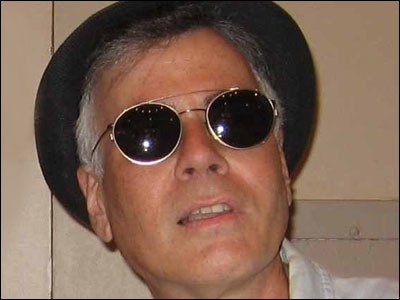


Dennis "Denny" O'Neil was a comic book writer and editor best known for his work for Marvel Comics and DC Comics from the 1960s through the 1990s, and Group Editor for the Batman family of titles until his retirement. His best-known works include Green Lantern/Green Arrow and Batman with Neal Adams, The Shadow with Michael Kaluta and The Question with Denys Cowan. As an editor, he is principally known for editing the various Batman titles. From 2013 unti his death, he sat on the board of directors of the charity The Hero Initiative and served on its Disbursement Committee.

aka David Peters Peter Allen David (often abbreviated PAD) is an American writer, best known for his work in comic books and Star Trek novels. David often jokingly describes his occupation as "Writer of Stuff". David is noted for his prolific writing, characterized by its mingling of real world issues with humor and references to popular culture. He also uses metafiction frequently, usually to humorous effect, as in his work on the comic book Young Justice.

Ann Nocenti is most noted as an editor for Marvel Comics, for whom she edited New Mutants and The Uncanny X-Men. She made her comics writing debut on a brief run of Spider-Woman (#47-50) and subsequently wrote a long run of Daredevil (1st series) #236-291 (minus #237) from 1986 to 1991, directly following on from Frank Miller's definitive Born Again storyline. She also wrote the 1986 Longshot limited series for Marvel, and in the same year produced the Someplace Strange graphic novel in collaboration with artist John Bolton. She wrote "the Inhumans Graphic Novel" in 1988. In 1993, she wrote the 16-issue run of Kid Eternity for the DC Comics imprint Vertigo. In Incredible Hulk #291, published in September 1983 (cover date January 1984), Ann Nocenti made a cameo appearance, talking to Dr. Bruce Banner, in a history written by Bill Mantlo, drawn by Sal Buscema and inked by Carlos Garzón and Joe Sinnot. That time Ann Nocenti was Assistant Editor for Larry Hama on Incredible Hulk and X-Men. She is noted for her left-wing political views which, particularly during her run on Daredevil, caused some controversy among some fans who didn't agree with her politics. She created several popular characters, including Typhoid Mary, Blackheart, Longshot and Mojo, and wrote the 1998 X-Men novel Prisoner X. Although Nocenti left comic books in the '90s after the industry sales collapsed, she later returned to the field, penning stories such as 2004's Batman & Poison Ivy: Cast Shadows. In Ultimate X-Men, a reimagination of the X-Men comic, the character Longshot, who was invented by her, has the civil name Arthur Centino. His last name, Centino, is an anagram of Nocenti and a homage to Nocenti. The name Arthur is for the co-creator of Longshot Arthur Adams who was Ann Nocenti's artist on the Longshot Mini Series. She edited High Times magazine for one year (2004) under the name Annie Nocenti and is the former editor of the screenwriting magazine Scenario.

Chris Claremont is a writer of American comic books, best known for his 16-year (1975-1991) stint on Uncanny X-Men, during which the series became one of the comic book industry's most successful properties. Claremont has written many stories for other publishers including the Star Trek Debt of Honor graphic novel, his creator-owned Sovereign Seven for DC Comics and Aliens vs Predator for Dark Horse Comics. He also wrote a few issues of the series WildC.A.T.s (volume 1, issues #10-13) at Image Comics, which introduced his creator-owned character, Huntsman. Outside of comics, Claremont co-wrote the Chronicles of the Shadow War trilogy, Shadow Moon (1995), Shadow Dawn (1996), and Shadow Star (1999), with George Lucas. This trilogy continues the story of Elora Danan from the movie Willow. In the 1980s, he also wrote a science fiction trilogy about female starship pilot Nicole Shea, consisting of First Flight (1987), Grounded! (1991), and Sundowner (1994). Claremont was also a contributor to the Wild Cards anthology series.




